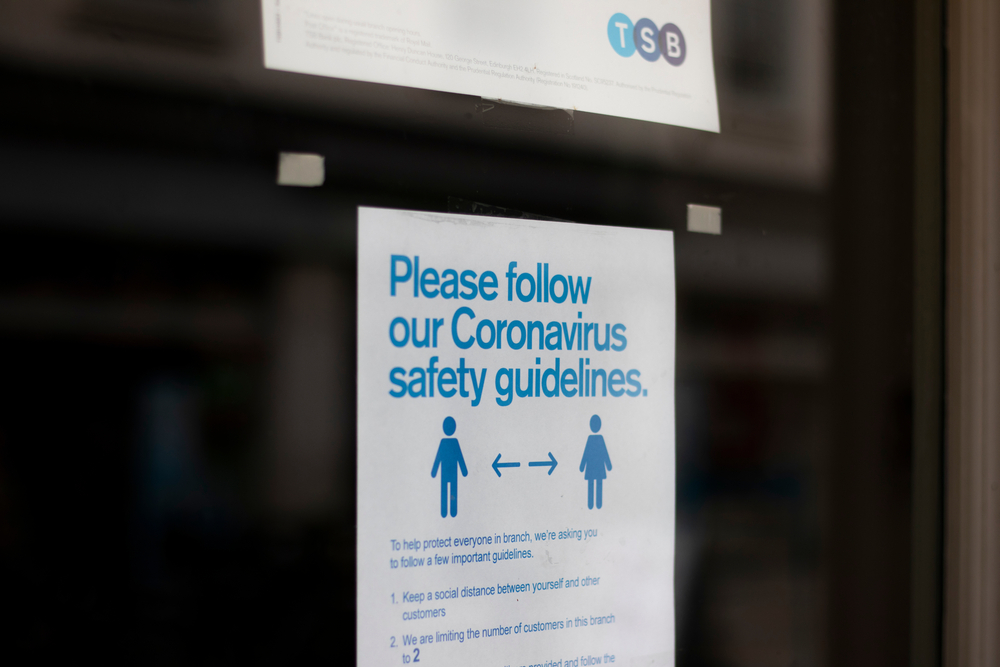On May 7, the California Division of Occupational Safety and Health (Cal/OSHA) issued new employer guidance on the state’s COVID-19 emergency temporary standard (ETS). On April 21, California’s Occupational Safety and Health Standards Board renewed the ETS a third time. The revised ETS is effective May 6 through December 31, and it applies to employers not covered by the state’s airborne transmissible disease (ATD) standard, covering infectious disease hazards in correctional and healthcare facilities and emergency services.
As of May 5, COVID-19 cases and hospitalizations were on the rise in the United States, while deaths continued to decline, according to the Centers for Disease Control and Prevention (CDC).
Changes to the California ETS include:
- Removing references to “fully vaccinated” workers. The rule’s precautions apply regardless of vaccination status.
- Removing cleaning and disinfection requirements, as well as a requirement that employers consider the use of barriers or partitions in the workplace. Barriers can impede ventilation and air filtration.
- Incorporating California Department of Public Health (CDPH) guidelines for face coverings and isolation and quarantine. The CDPH guidelines apply even if the health agency revises them.
- Allowing the use of self-administered and self-read COVID-19 tests as long as a date- and time-stamped photo of the test results is provided.
The revised ETS still requires a written COVID-19 prevention program; employee instruction and training; close contact, exposure, and outbreak notification; COVID-19 testing at no cost to employees during work time; exclusion and isolation pay; and prevention measures in employer-provided housing and transportation. All employers must assess and evaluate employee COVID-19 health hazards, develop and implement policies and procedures to correct unhealthy or unsafe working conditions, and allow adequate time for hand-washing.
Under the current CDPH isolation and quarantine guidelines, employees who test positive for COVID-19, regardless of vaccination status, can return to work after 5 days if they have a negative test, symptoms are improving, and they wear a face covering at work for an additional 5 days. Otherwise, most employees can return to work 10 days after a positive test.
When required, employers must provide respirators regardless of employee vaccination status. The CDPH currently requires face coverings in cooling and heating centers and emergency shelters; healthcare facilities; correctional facilities and detention centers; homeless shelters; and adult, long-term, and senior care facilities.
Emergency rules typically can be renewed twice under California law; however, Governor Gavin Newsom (D) issued a waiver on December 16, 2021, authorizing the standards board to consider a third readoption.
Except for some healthcare recordkeeping requirements, there is no federal COVID-19 standard. The Occupational Safety and Health Administration (OSHA) withdrew its vaccination or testing ETS for all private sector employers on January 26 after the U.S. Supreme Court issued a judicial stay of the emergency rule. OSHA has a rulemaking that could establish a permanent healthcare COVID-19 standard, as well as an infectious disease rulemaking.
OSHA’s COVID-19 proposal is based on the agency’s June 21, 2021, ETS. The American Hospital Association (AHA) is opposed to establishing a permanent standard not aligned with evolving evidence-based guidance from the CDC.

